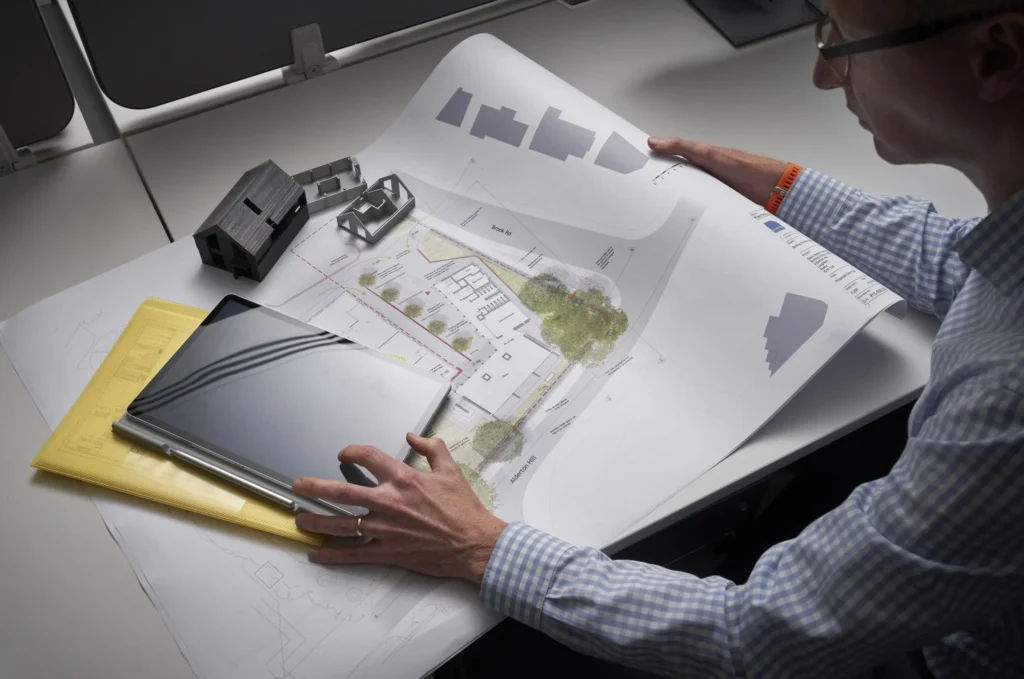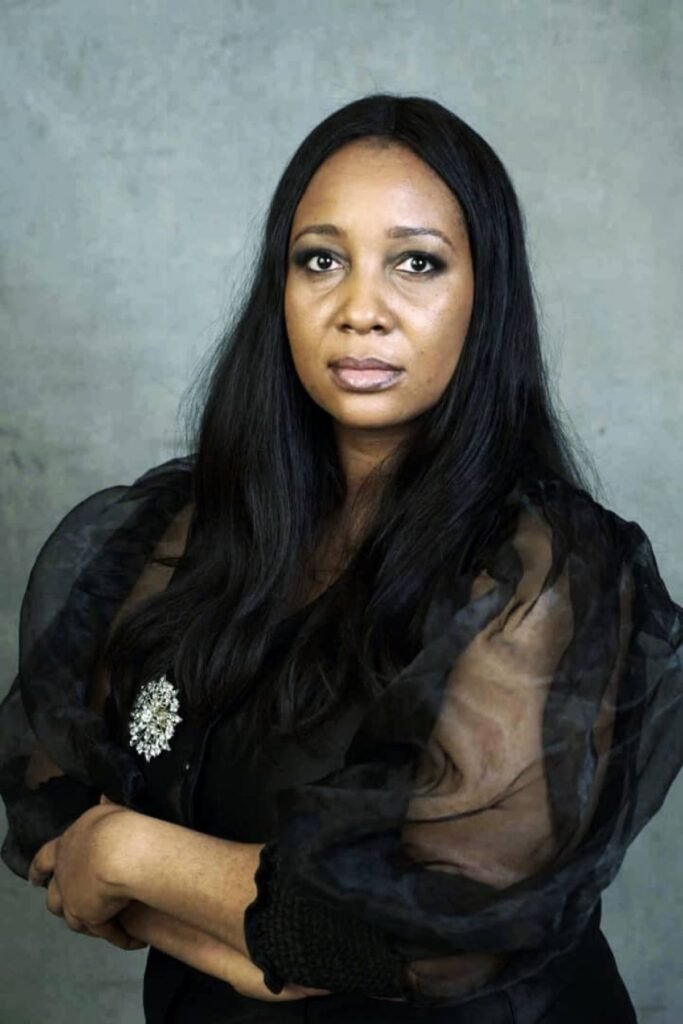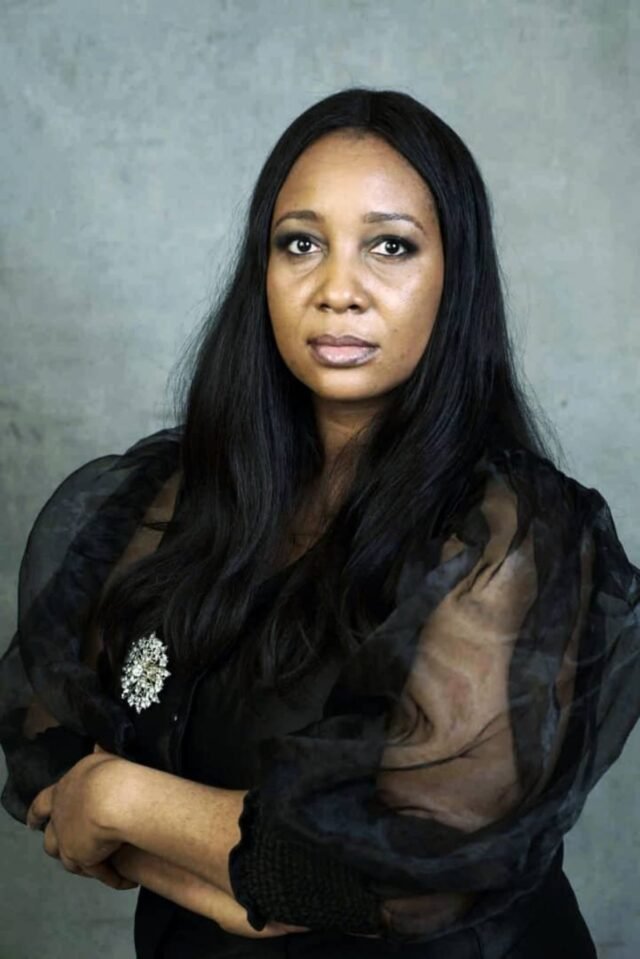In a world hurtling headlong into digital transformation, fears abound that professionals may become redundant. However, in a candid interview with Daily Post Nigeria on August 18, 2025, Mrs Adaku Oguaman—Secretary General of the Nigerian Institute of Architecture (NIA), Lagos State Chapter—resoundingly dismisses the notion that technology, even Artificial Intelligence (AI), can supplant architects. Instead, she frames it as a tool to empower them.
Table of Contents

From A Soldier’s Chalk to Architectural Passion
Mrs Oguaman traces her architectural journey to her days at Command Secondary School, Ojo. There, a soldier-teacher introduced her to the world of engine drawings—sketches that fascinated the young Oguaman, capturing her imagination and leading her towards architecture. The hands-on act of drawing on the blackboard cemented her passion even more. Later, at Federal Government College, Okigwe, she nurtured her love for design and engineering.
She recounts with warmth how that initial spark—a simple schoolroom moment—would go on to define her trajectory, steering her towards a career where creativity meets technical precision.
The Resilience of Women in a Male-Dominated Field
Reflecting on her undergraduate days at Imo State University, Oguaman reveals telling statistics: out of 66 architecture students, only four were women. This was the largest female cohort the department had seen in some time. In some classes, there were as few as two—or none at all.
“The slogan then was, ‘there are no females in architecture’,” she confesses. Yet she notes that her colleagues treated them exactly the same—as equals in the classroom. It was in the field that challenges truly emerged: clients often defaulted to male architects for big assignments, unconsciously underestimating women’s capabilities.
“Every female practising this profession had to work extra hard to achieve the same things men were achieving,” she says. This, she argues, has made many female architects tougher, more resilient, and more determined to excel.
On role models, Oguaman shares her admiration for Frank Lloyd Wright’s iconic Fallingwater—a design that still seems to defy gravity. She is also inspired by the late Zaha Hadid, whose boundary-breaking legacy remains influential. Her fascination doesn’t hinge on gender—it’s the power of ingenuity and perseverance that draws her admiration.

Staying Relevant in a Changing Profession
For Oguaman, architecture today is more than just drafting or designing; it is evolving to include green building, project management, arbitration, and more. She herself has embraced this evolution—earning credentials as an EDGE expert in green building, PRINCE2 certification in project management, and a risk management qualification (MOR) from the UK.
“Don’t stay stagnant,” she warns. “A few years ago, we were all drawing with boards and pens. If I stuck to that, no one would go for that anymore.” Her advice to female architects is clear: continually seek training, embrace new trends like AI and green technologies, and never allow perceived limitations to slow your progress.
Technology as an Assist, Not a Replacement
At the heart of Mrs Oguaman’s message lies a powerful message: technology—including AI—cannot replace architects. At best, it acts as a supportive companion, easing tasks but never supplanting the uniquely human elements of design.
She emphasises that architecture’s value lies in problem-solving, context understanding, innovation, and human connection—areas where AI still falls short. Although she doesn’t detail how AI fits into her own practice, her broader message aligns with global industry perspectives. For example, recent studies affirm that while AI can handle repetitive tasks, it lacks truly contextual understanding, empathy, and real-world reasoning—skills at the core of architectural excellence.

Conclusion: Architects Remain Irreplaceable by Technology
Mrs Adaku Oguaman’s words serve as both reassurance and a call to action for architects—and especially female practitioners—in Nigeria. While she acknowledges the presence and utility of evolving technologies, she insists unequivocally that they cannot replace the creative, critical, and interpersonal craft of architecture.
Her own path—from a schoolgirl inspired by engine drawings to a multi-credentialled professional—stands as proof that passion, adaptability, and perseverance will always trump fear of change.
Join Our Social Media Channels:
WhatsApp: NaijaEyes
Facebook: NaijaEyes
Twitter: NaijaEyes
Instagram: NaijaEyes
TikTok: NaijaEyes





